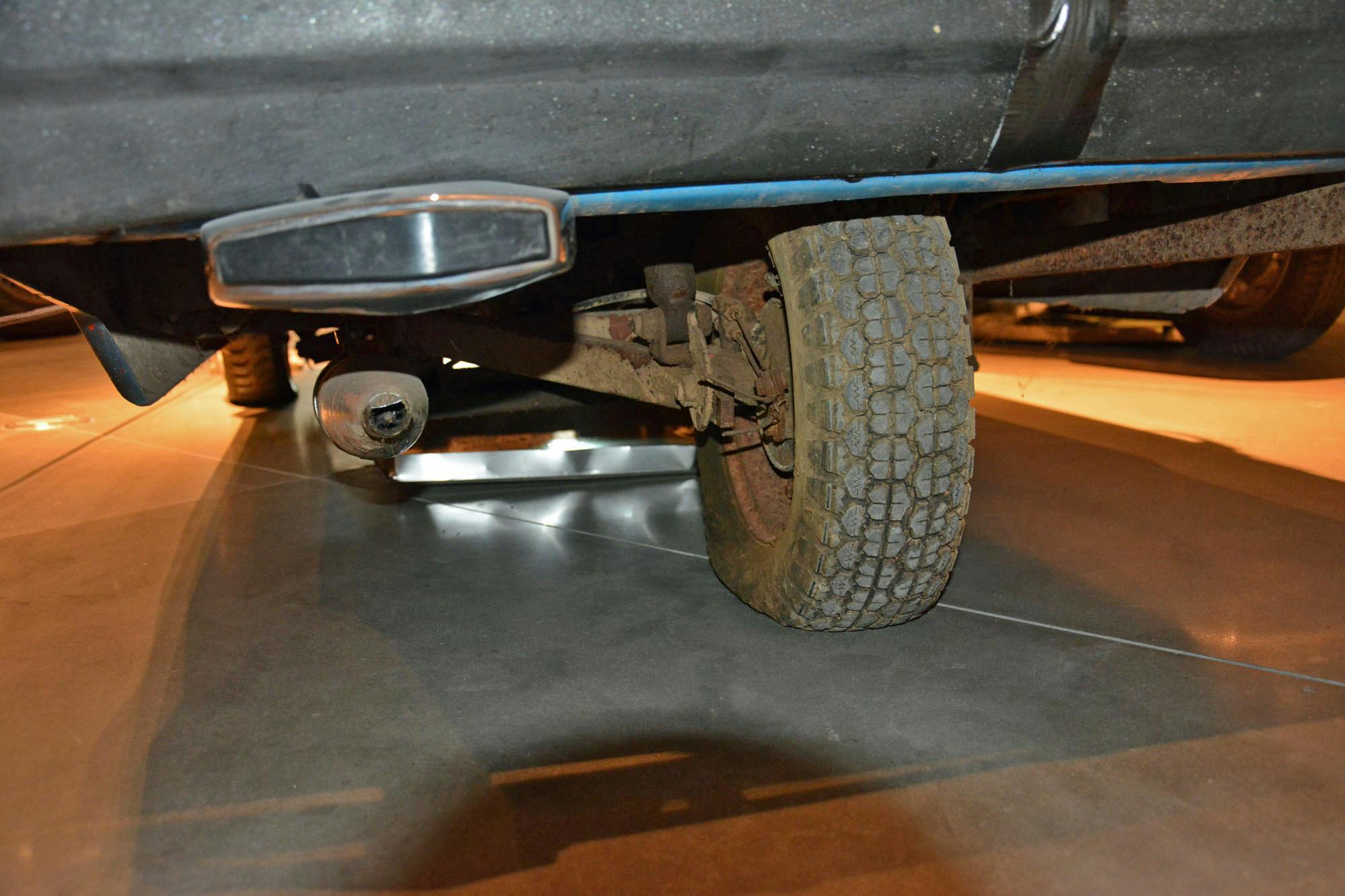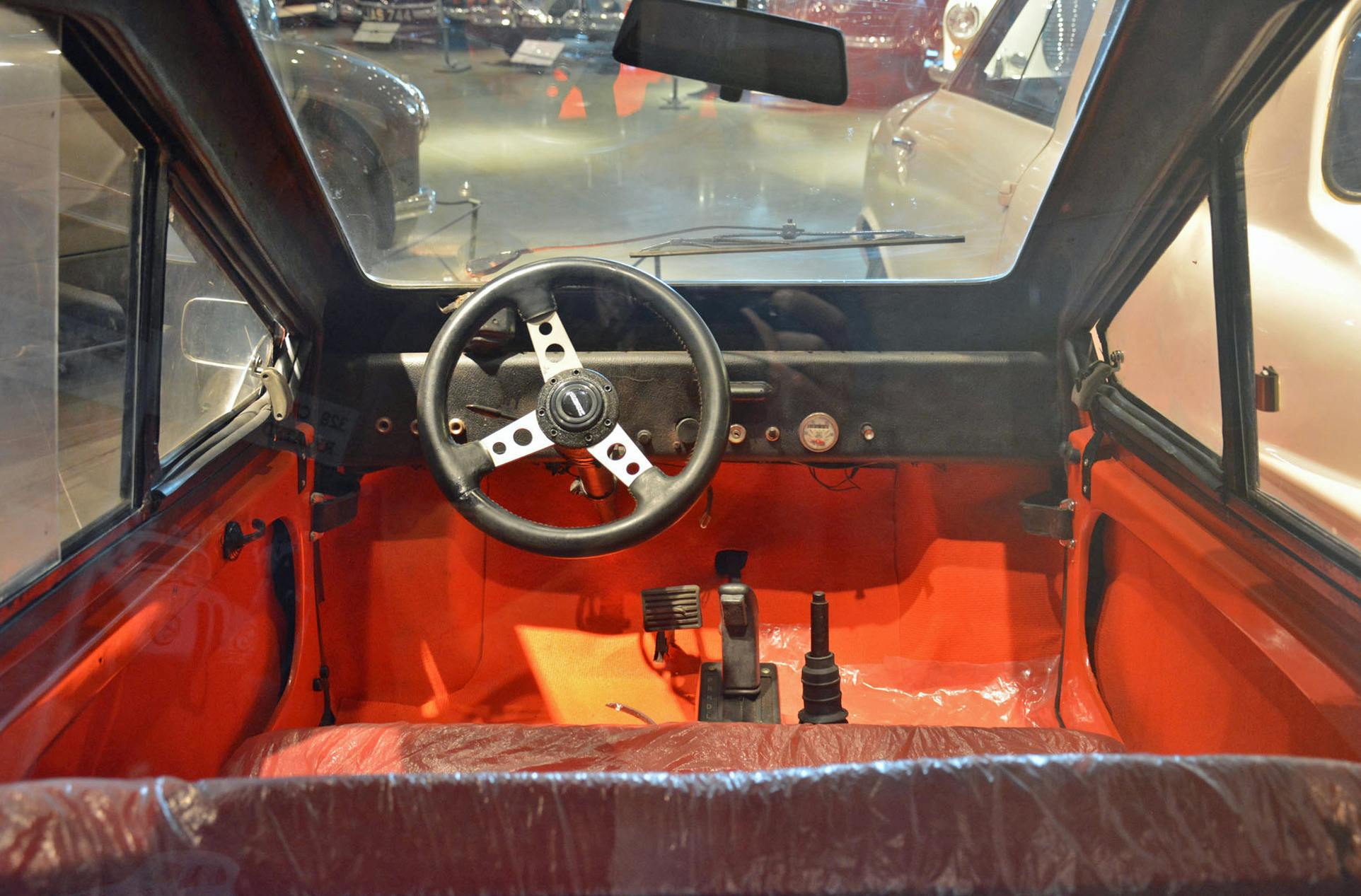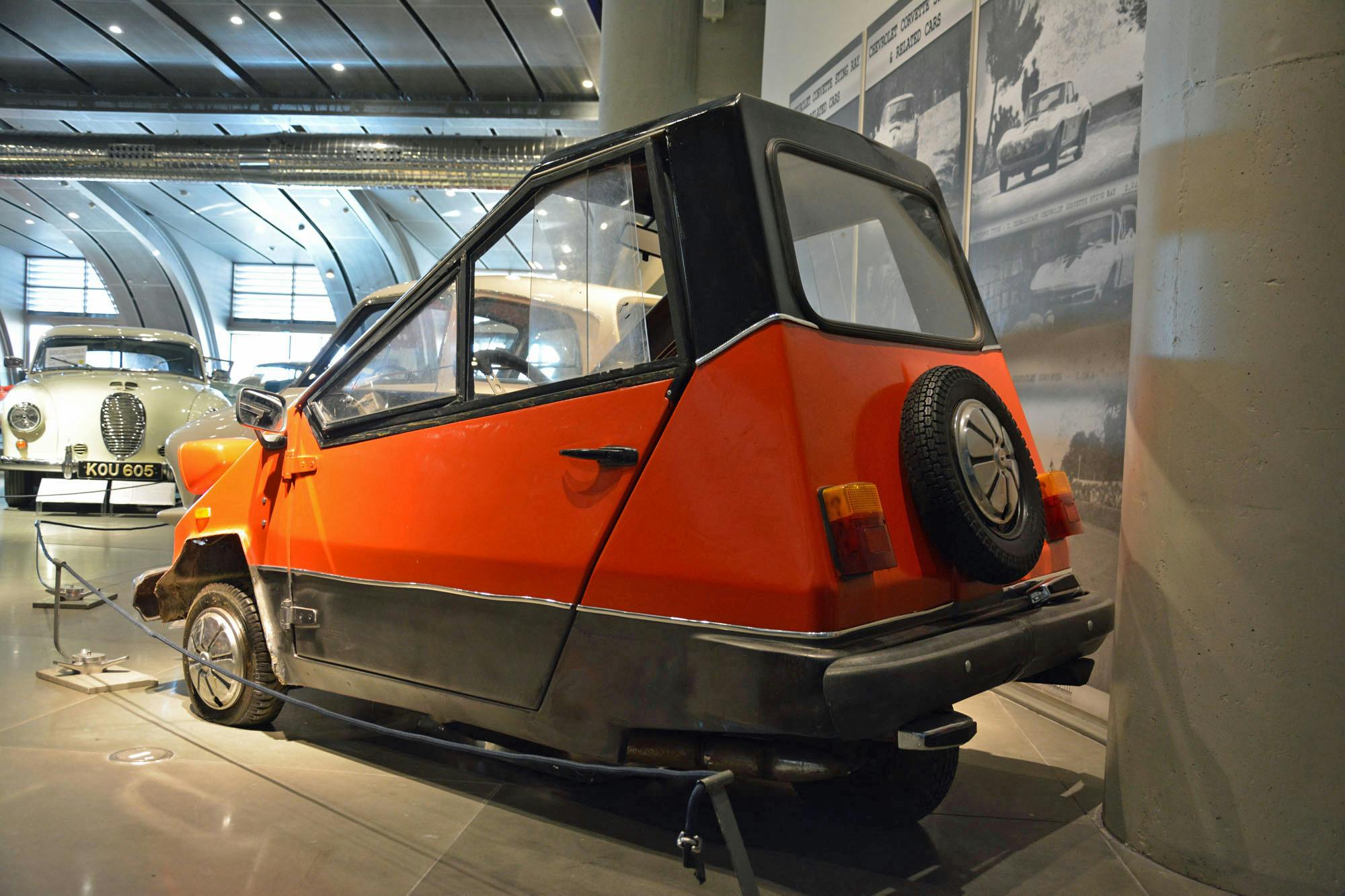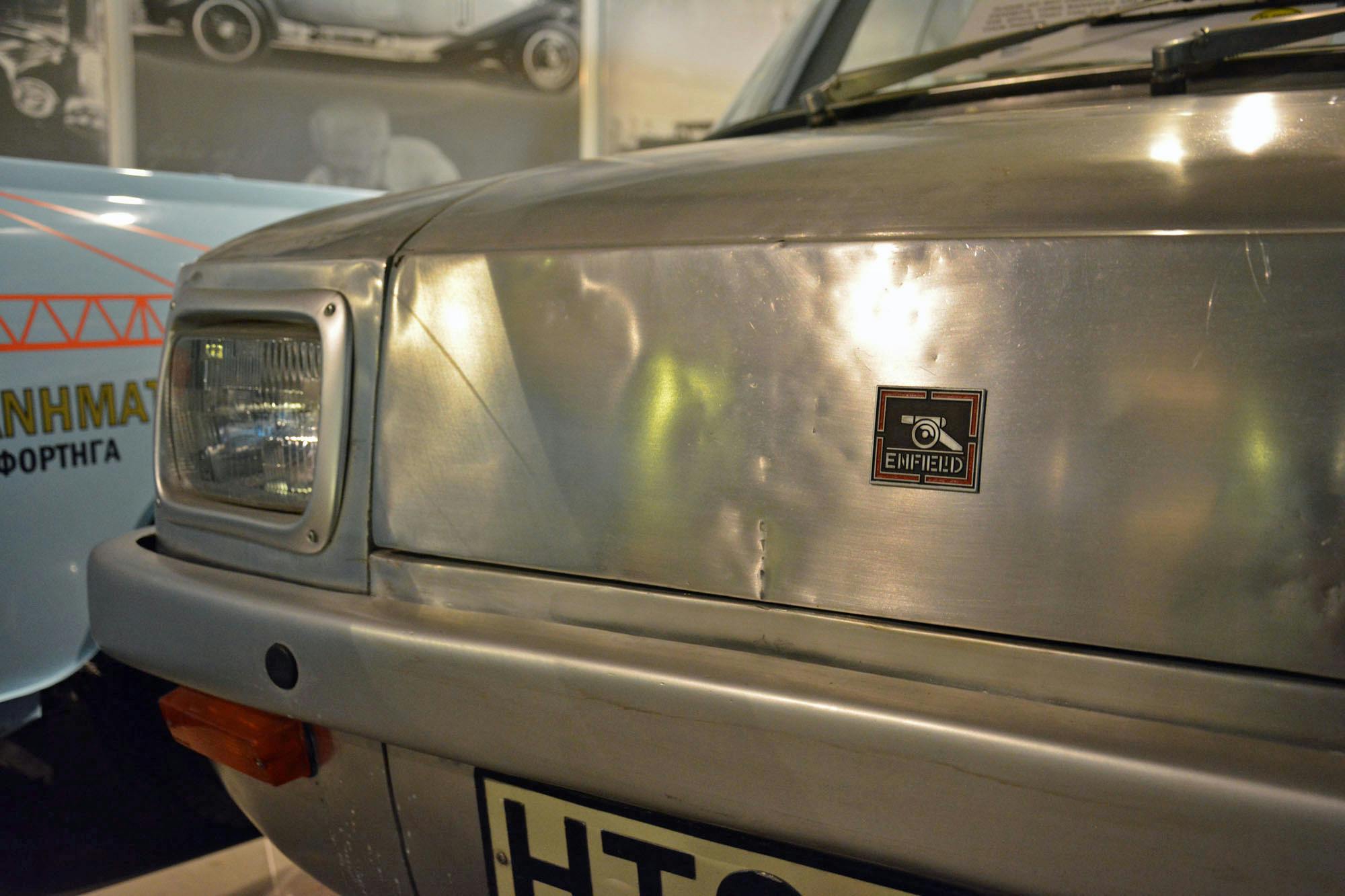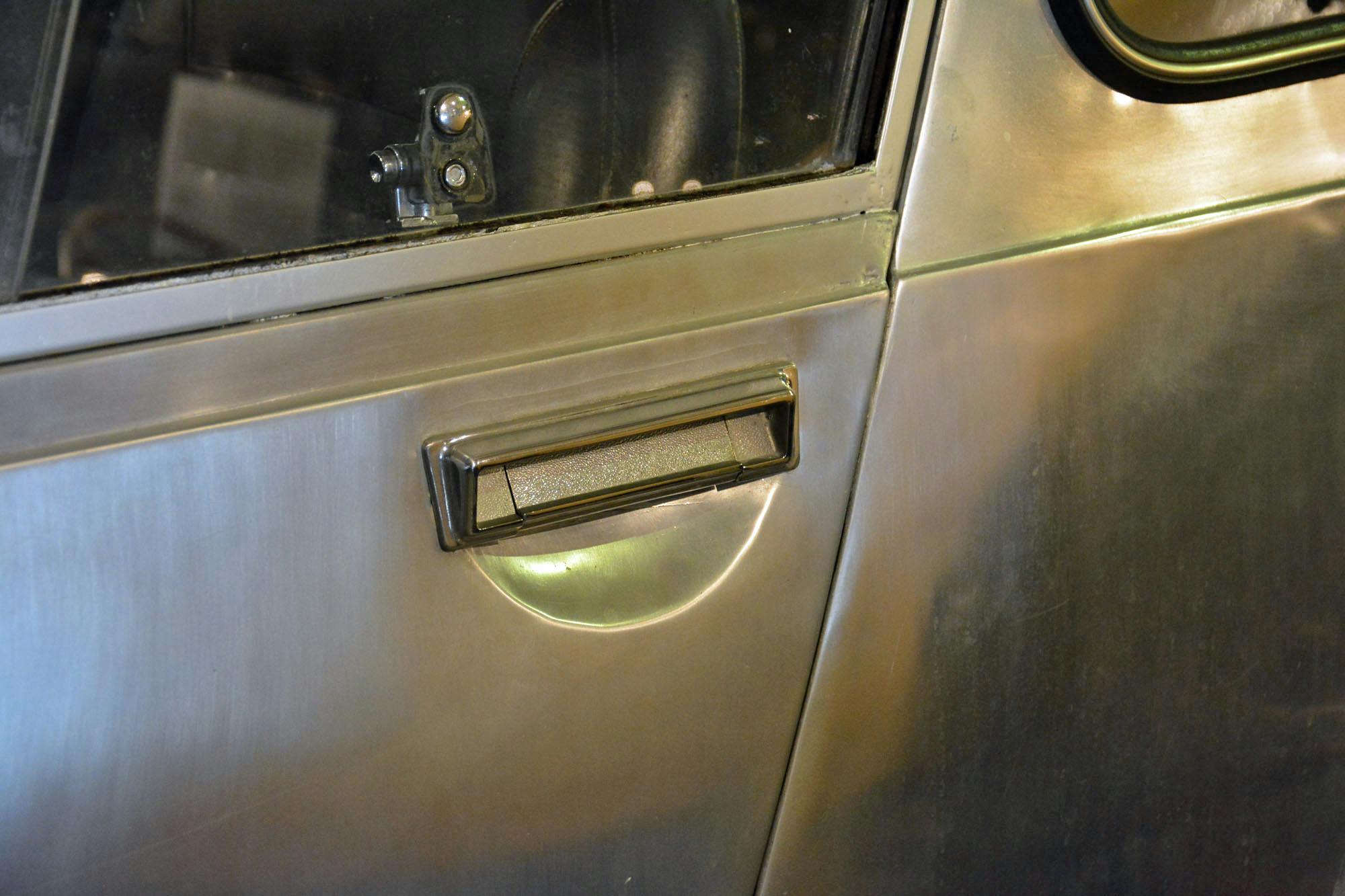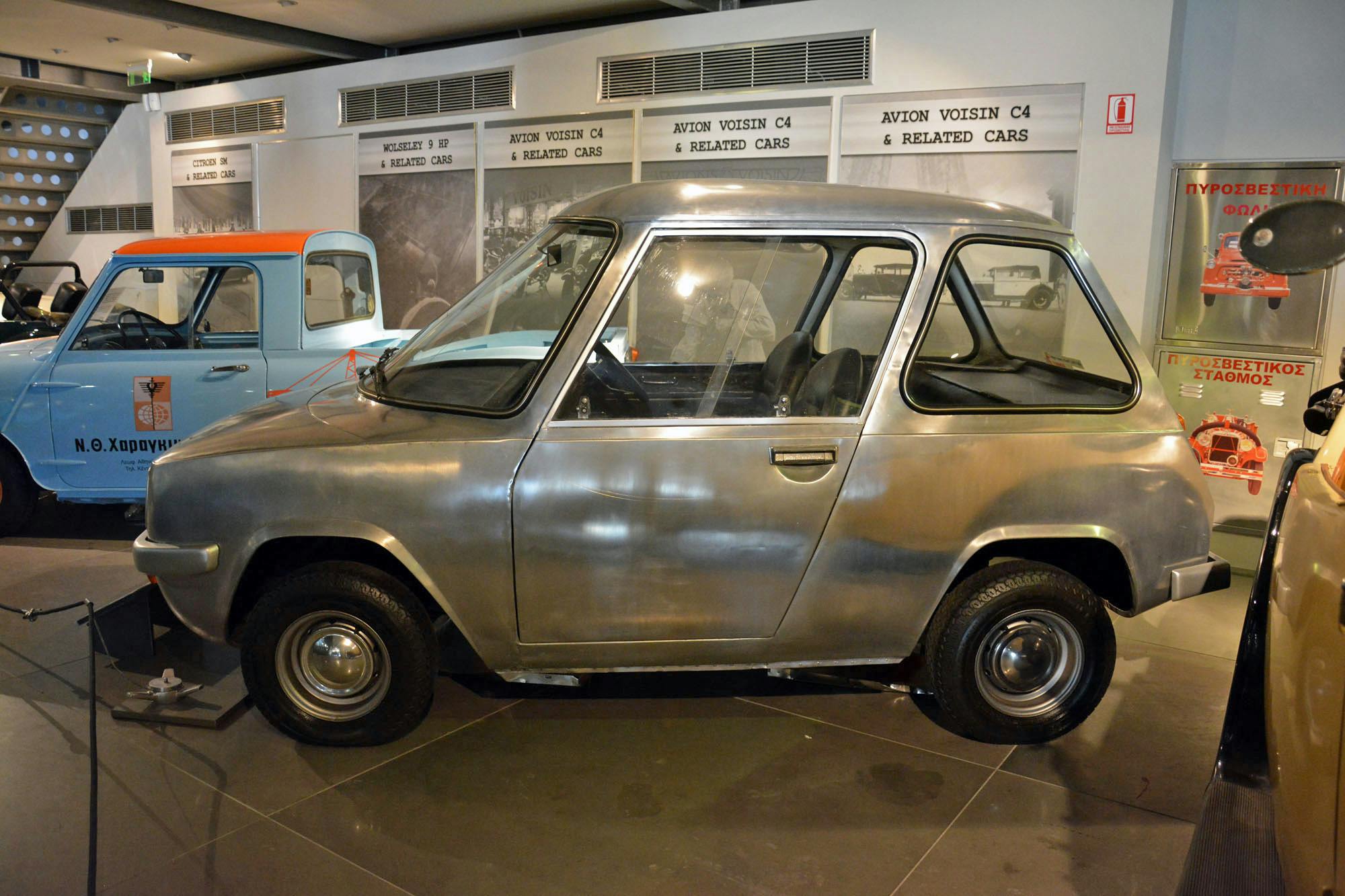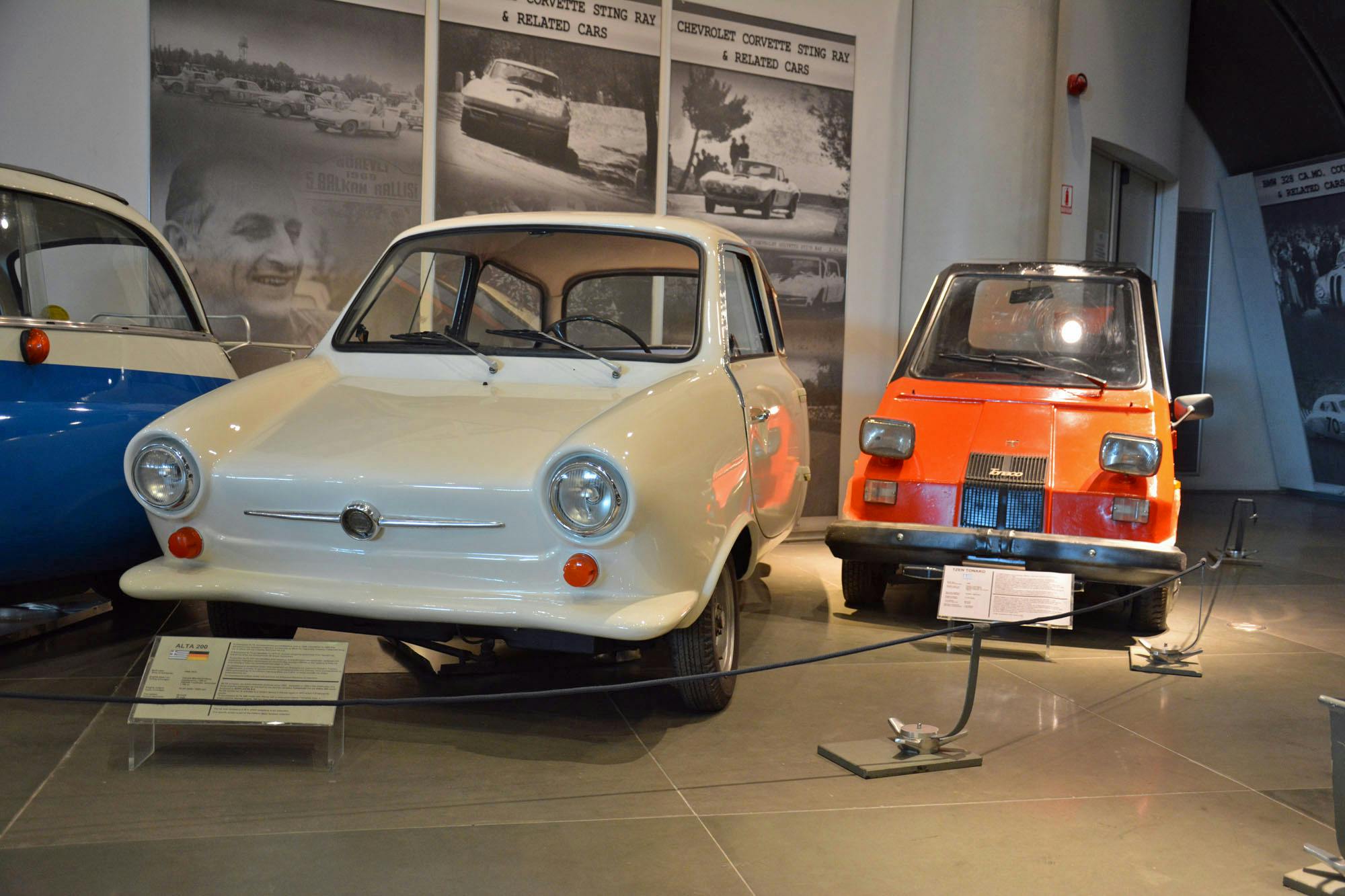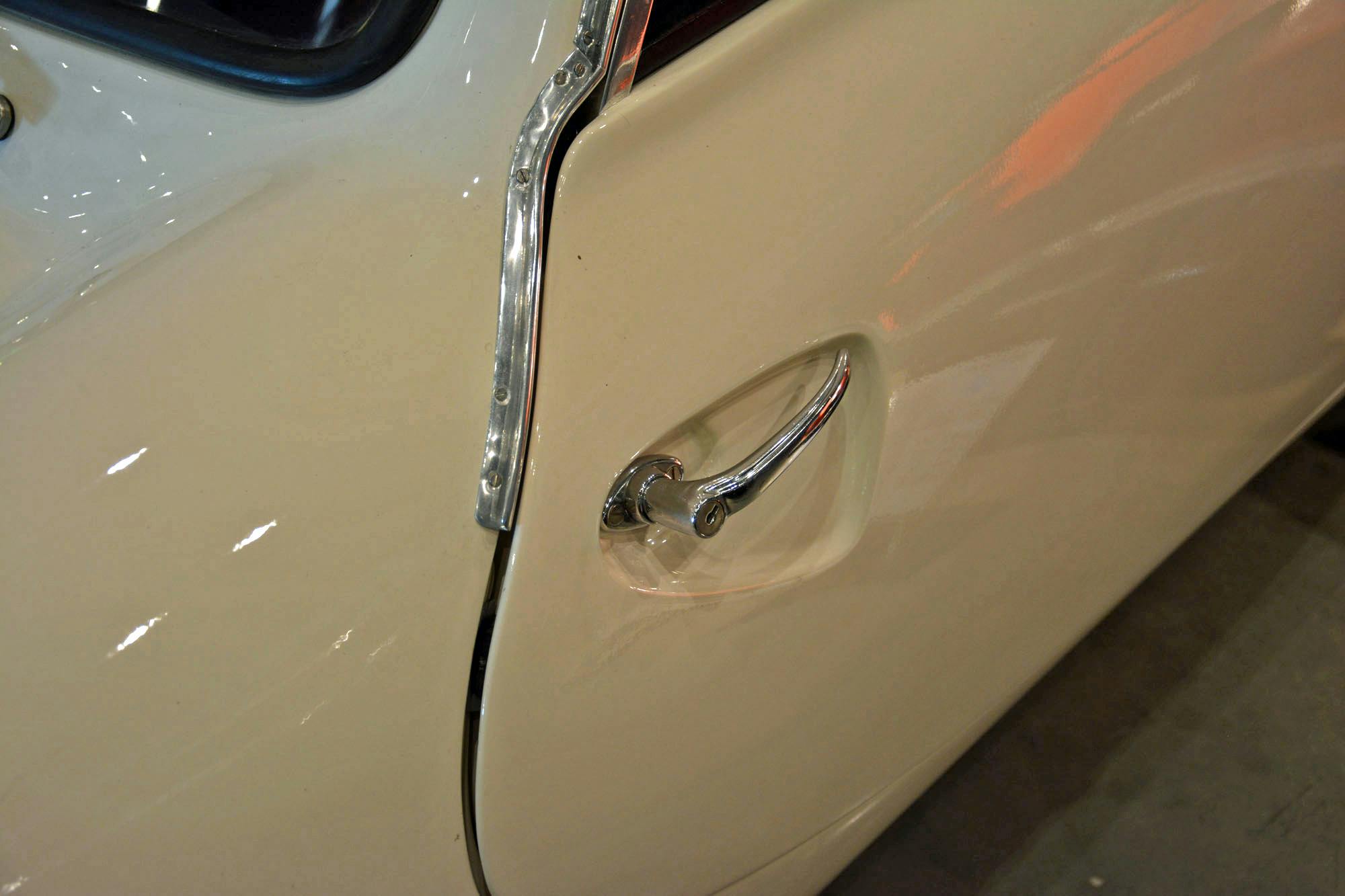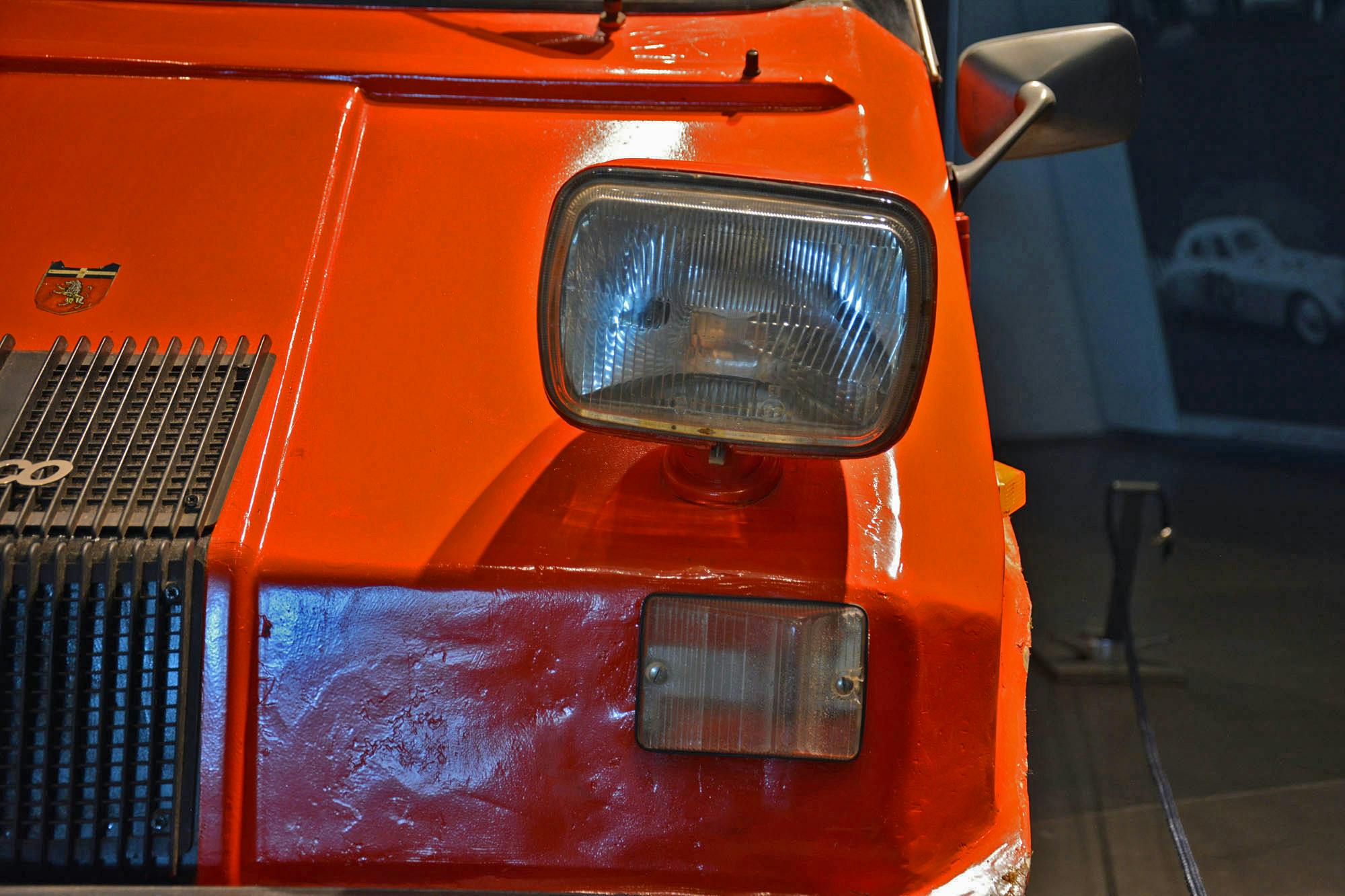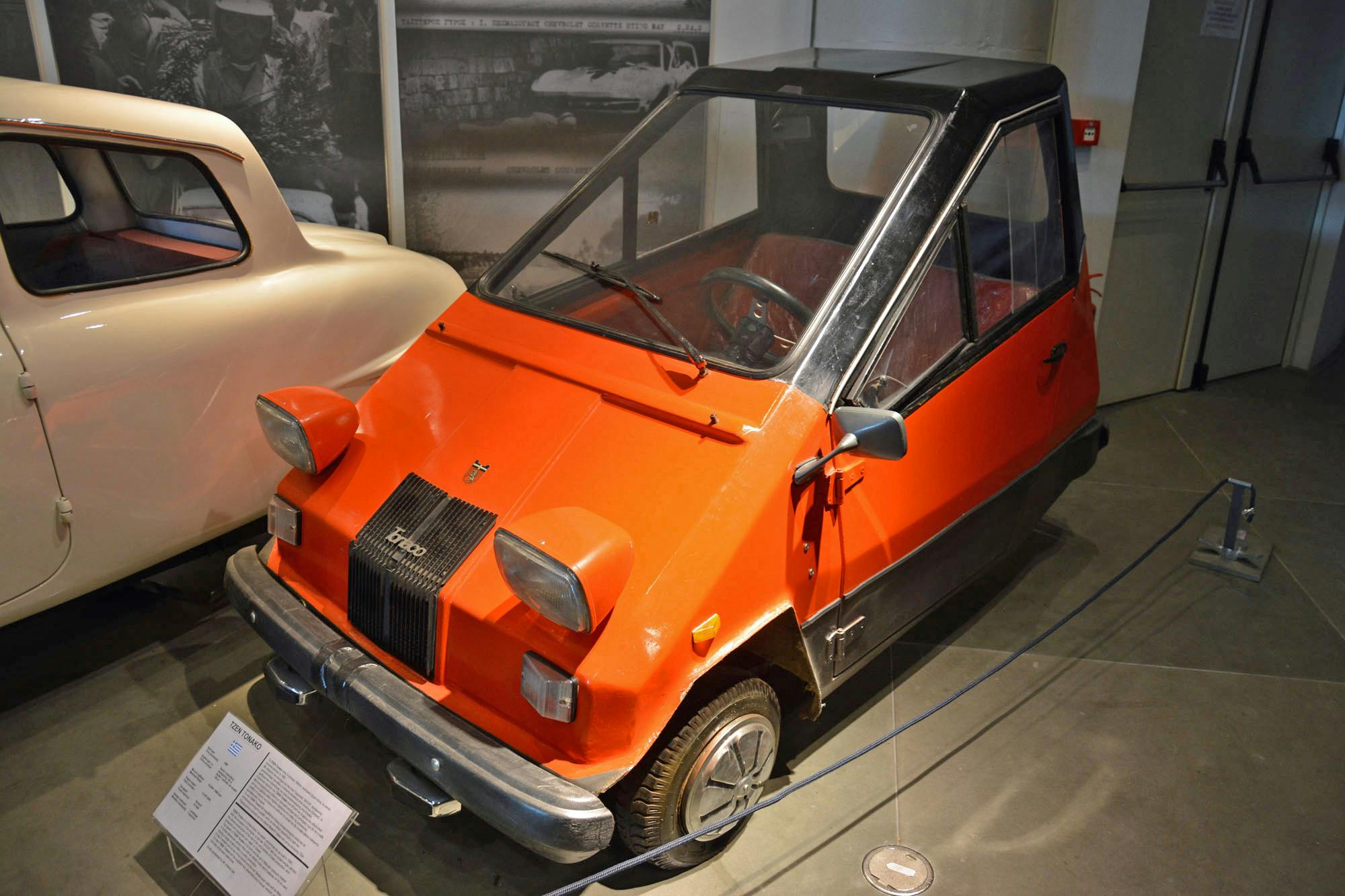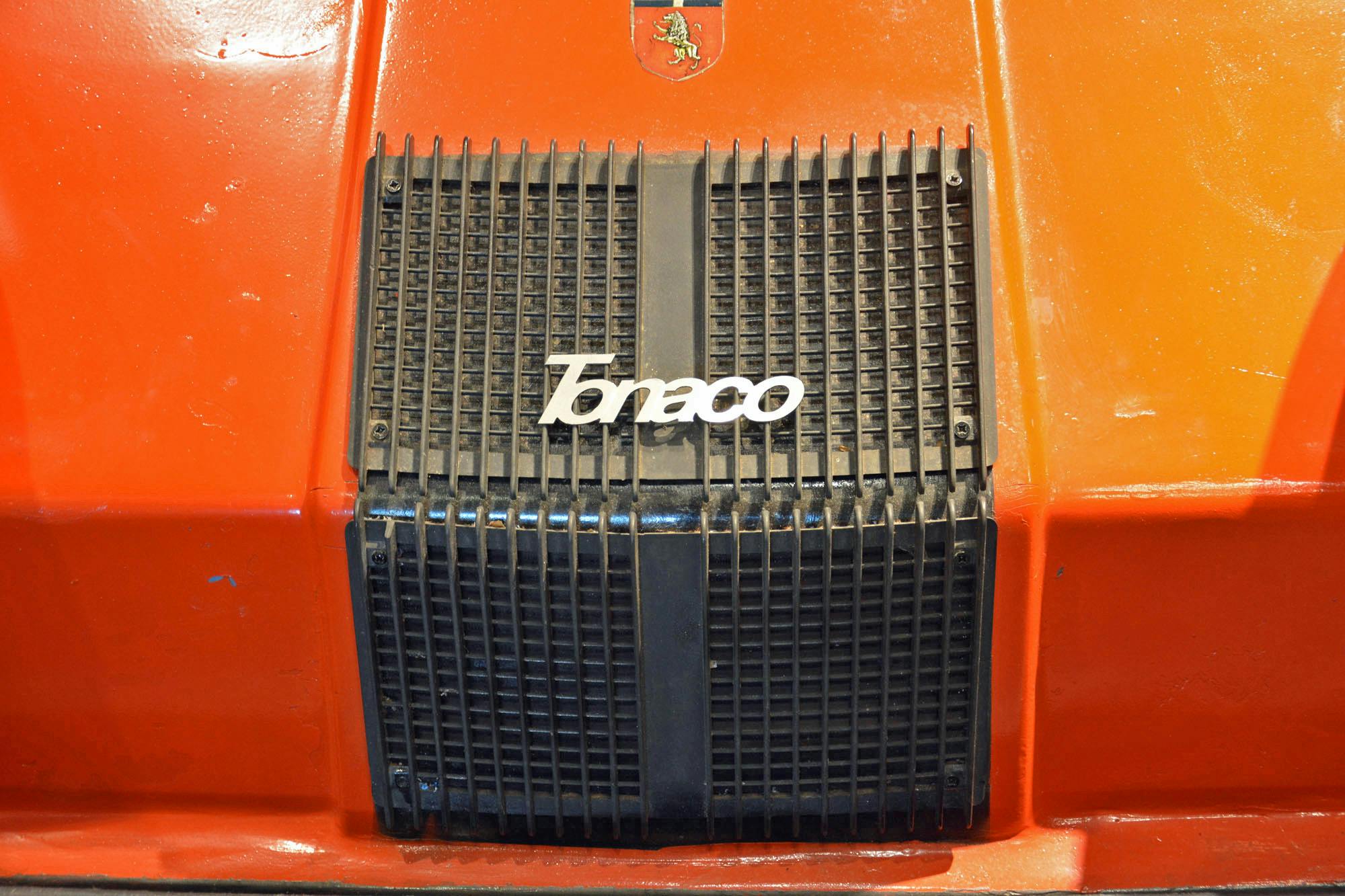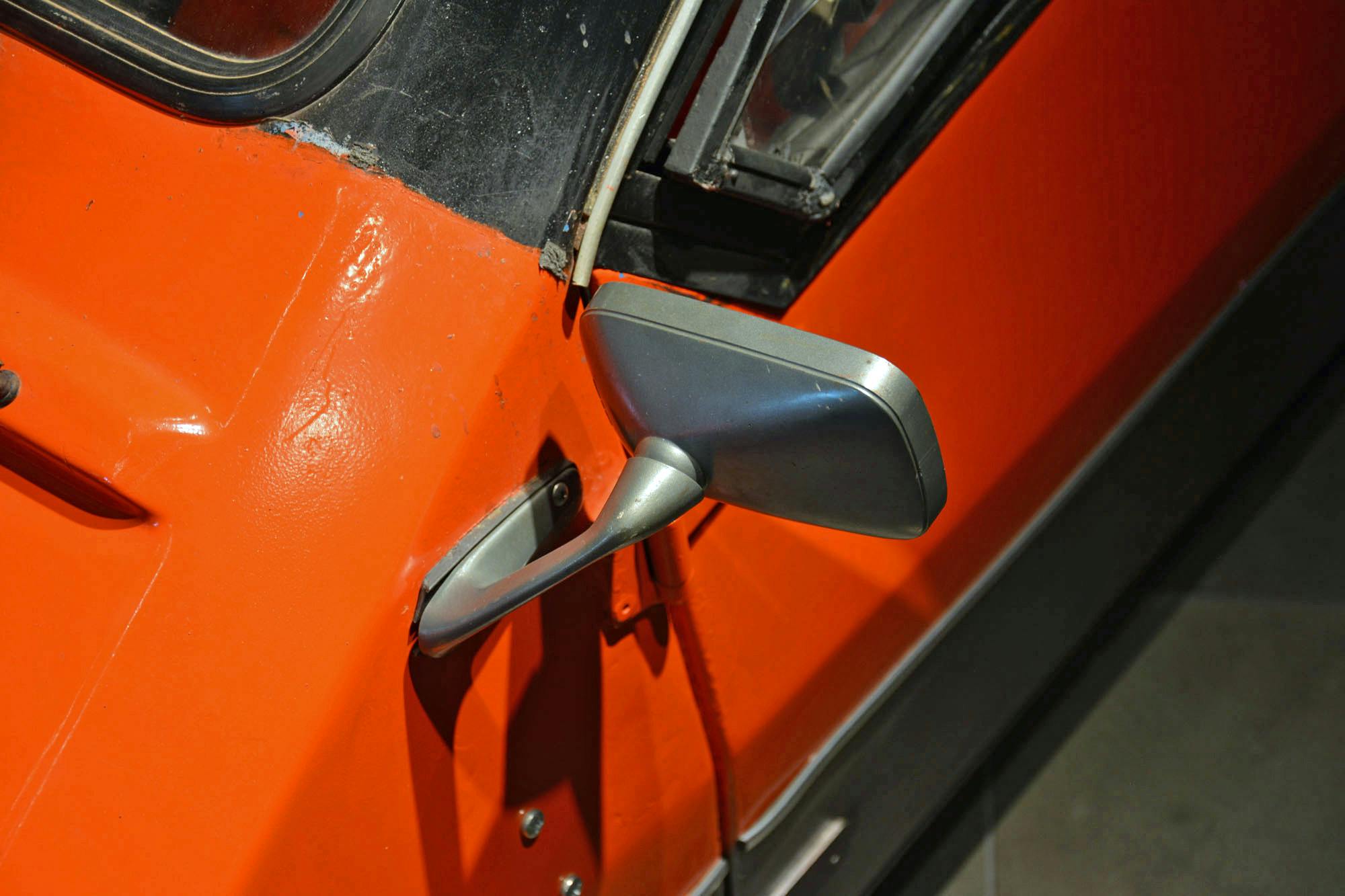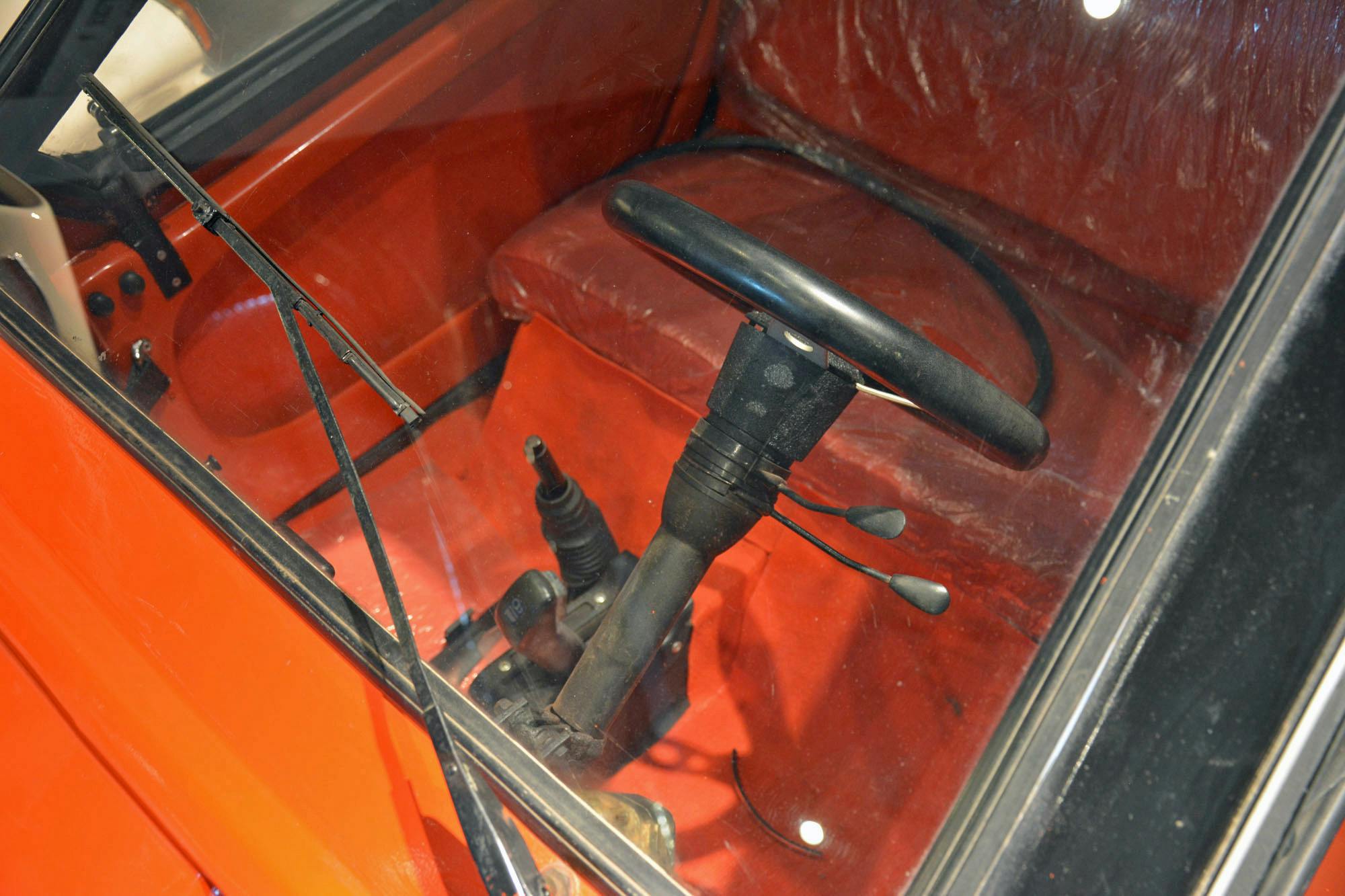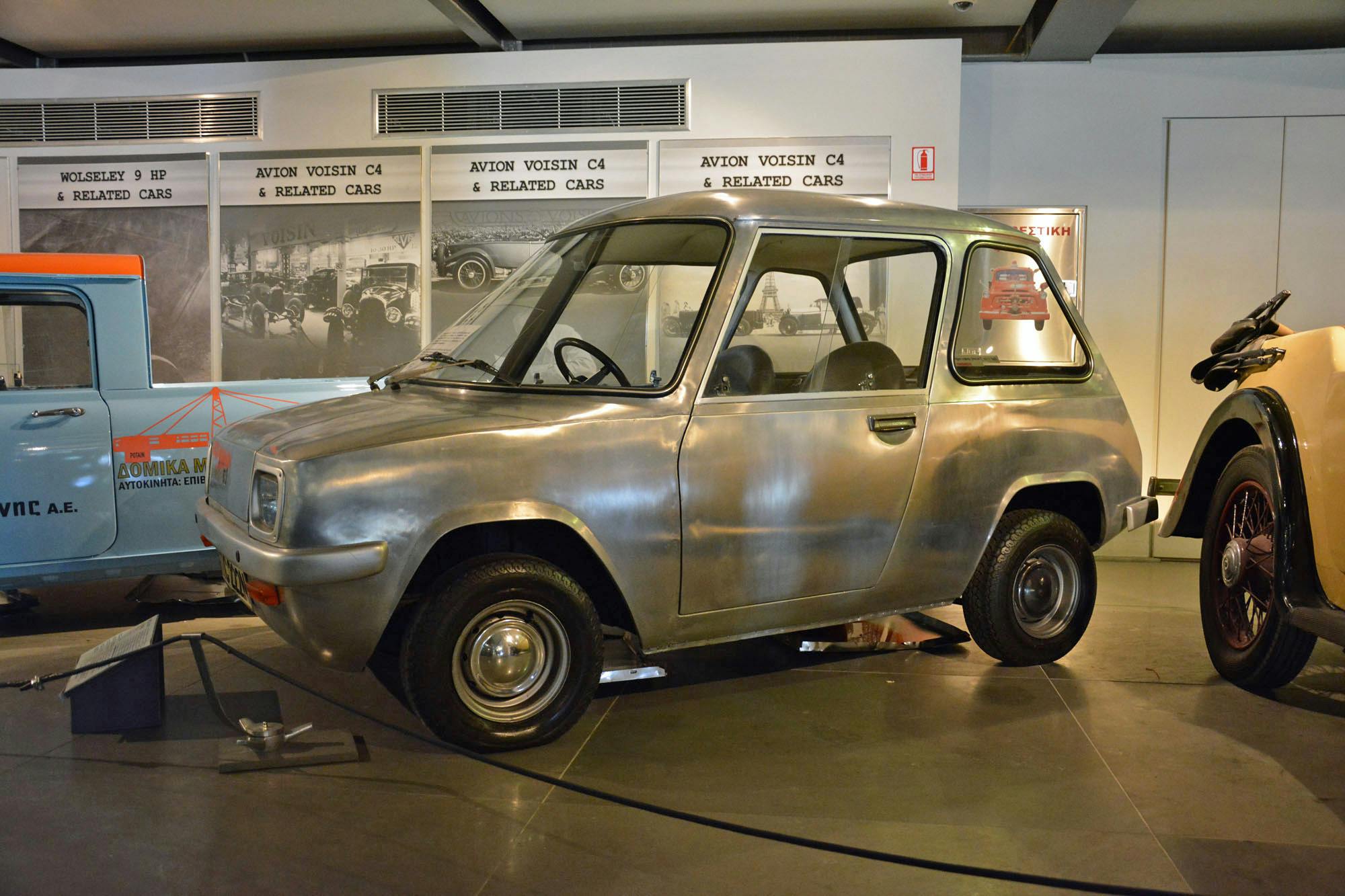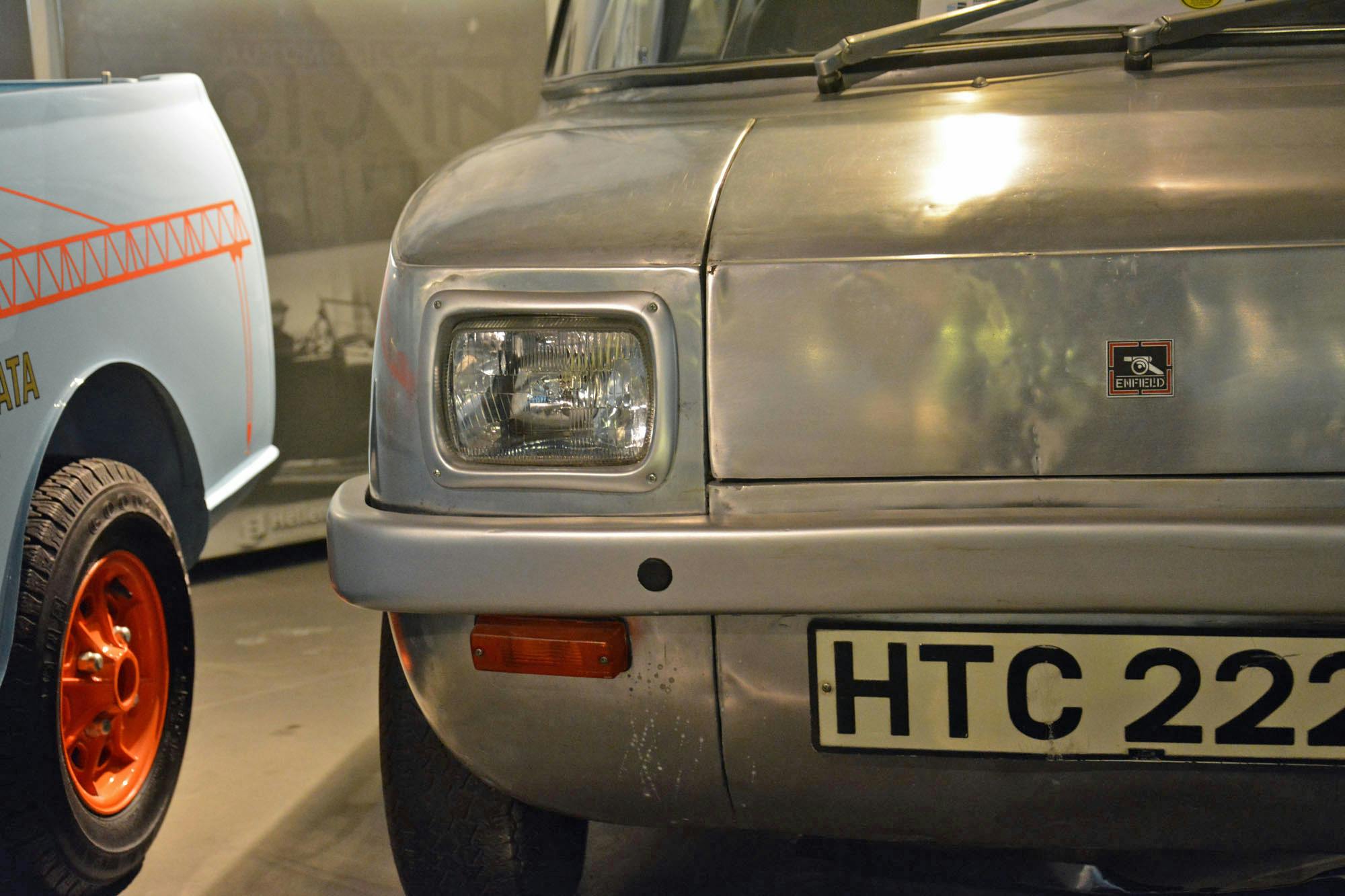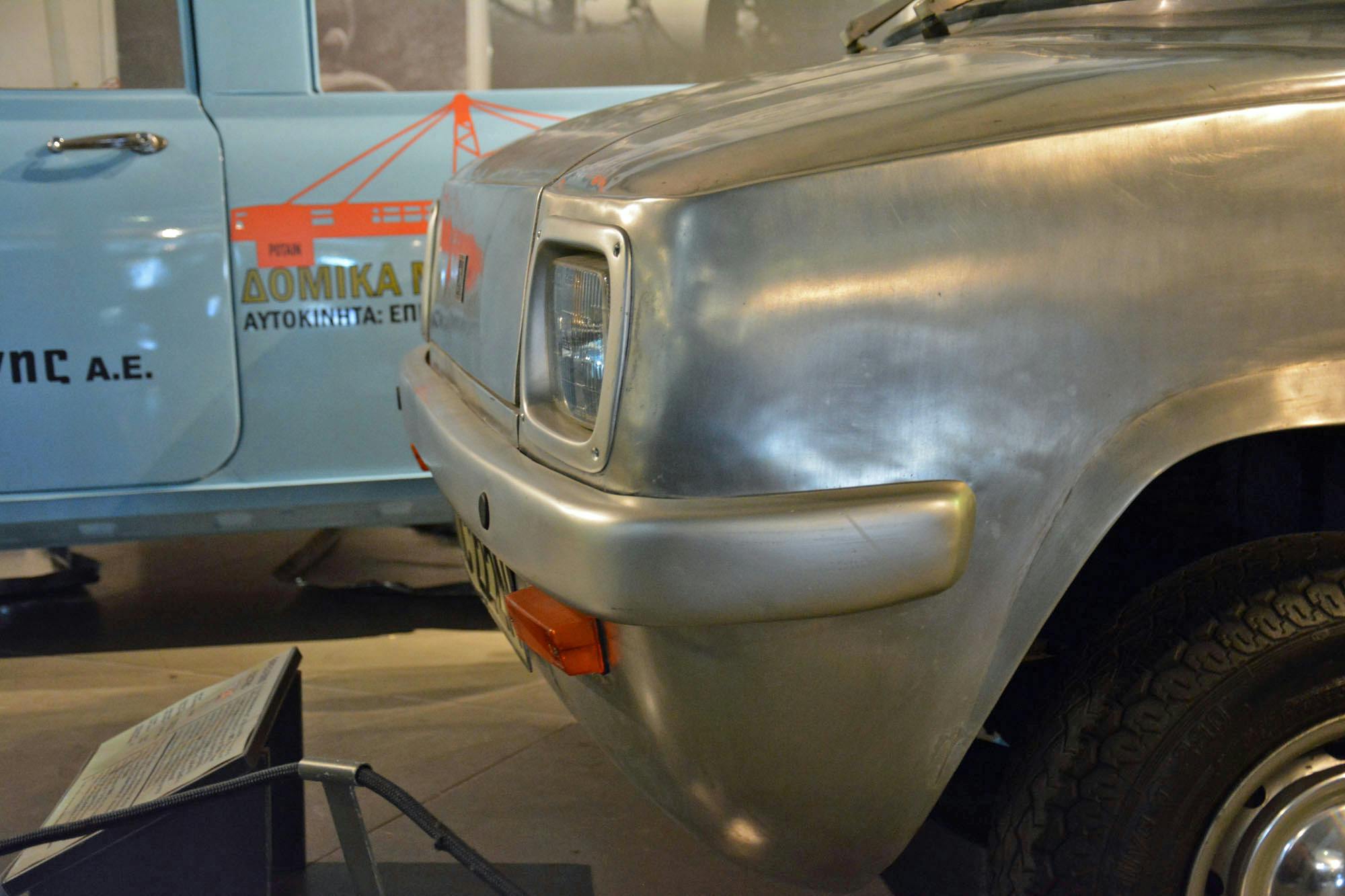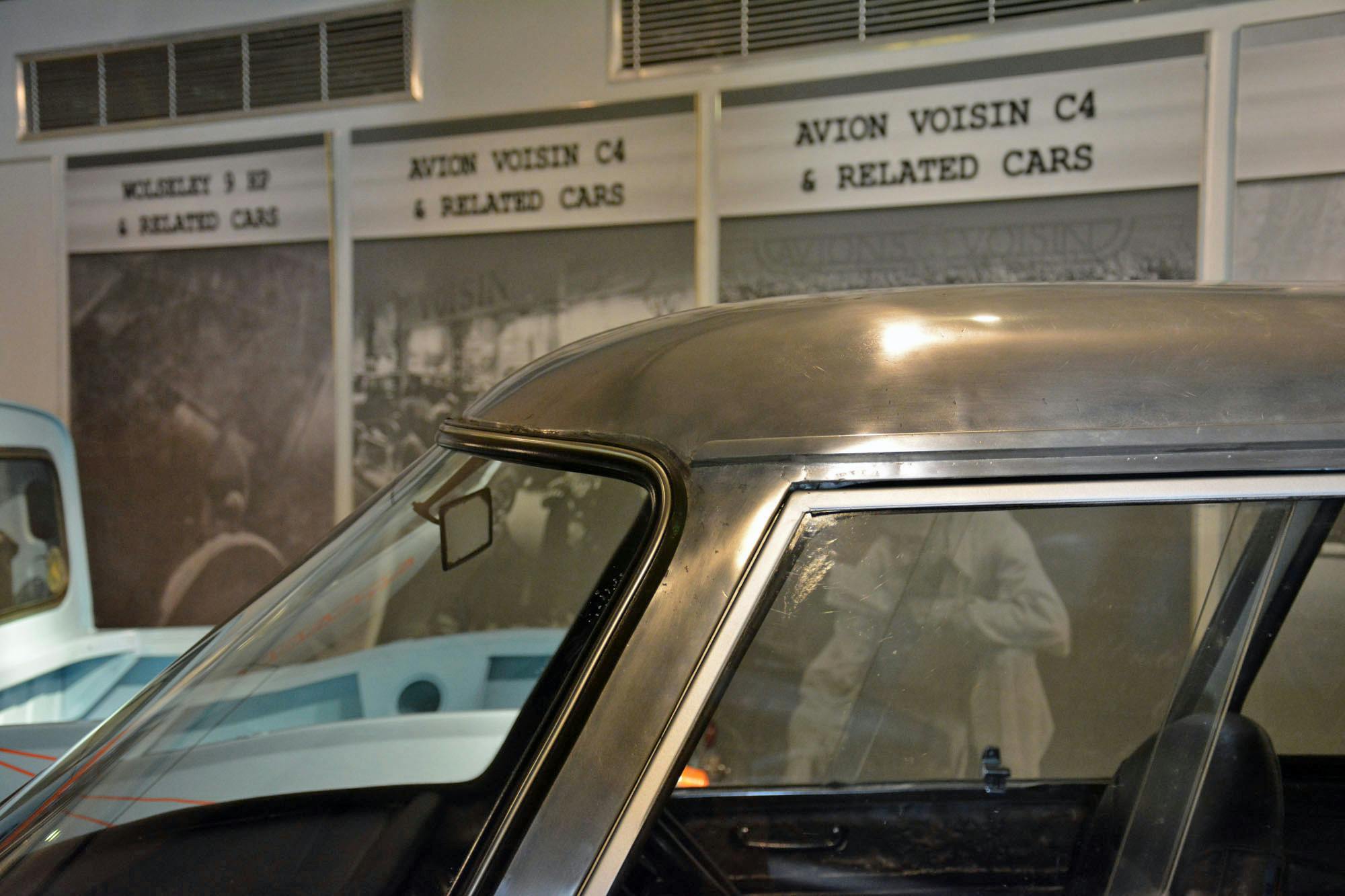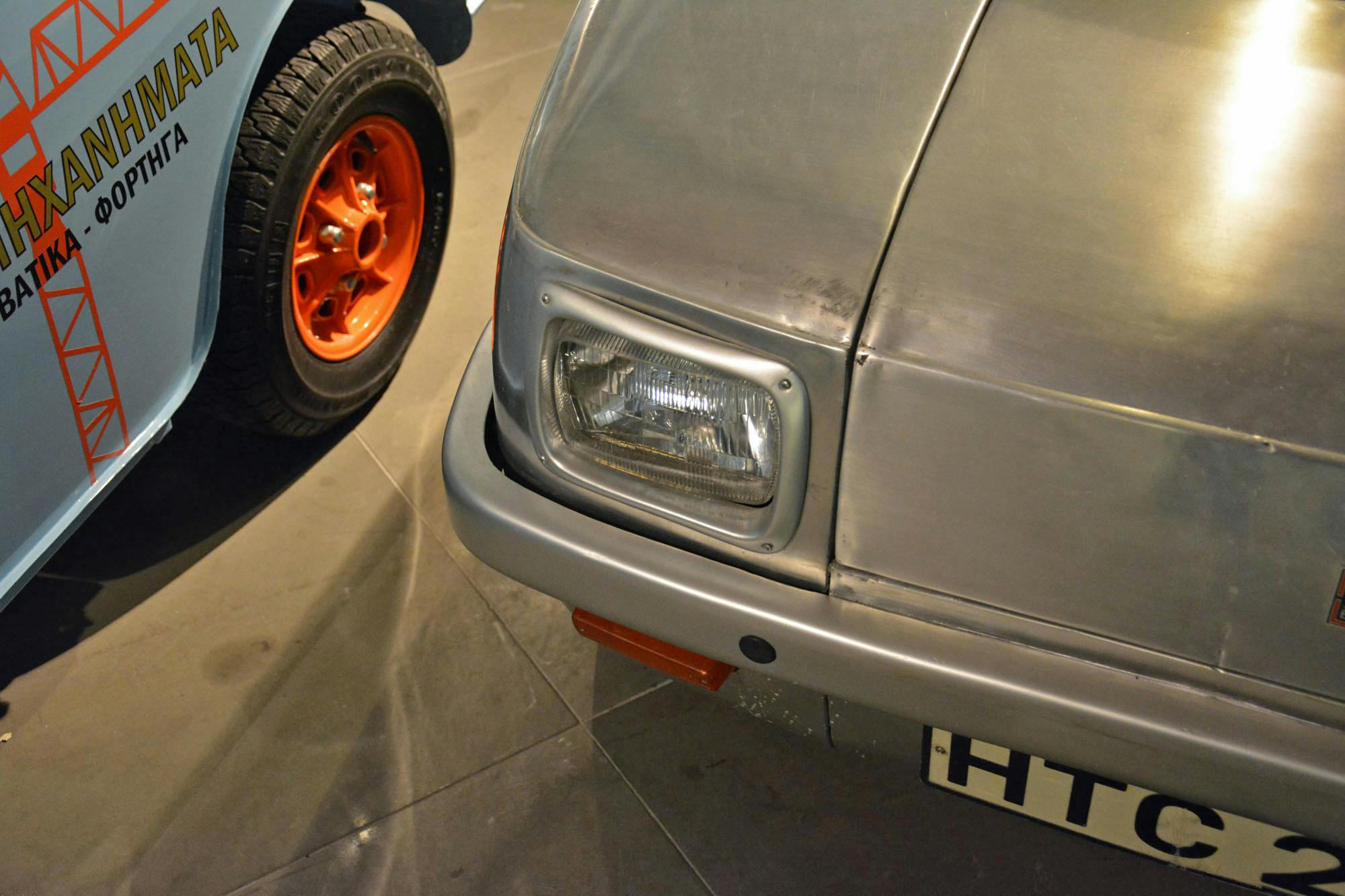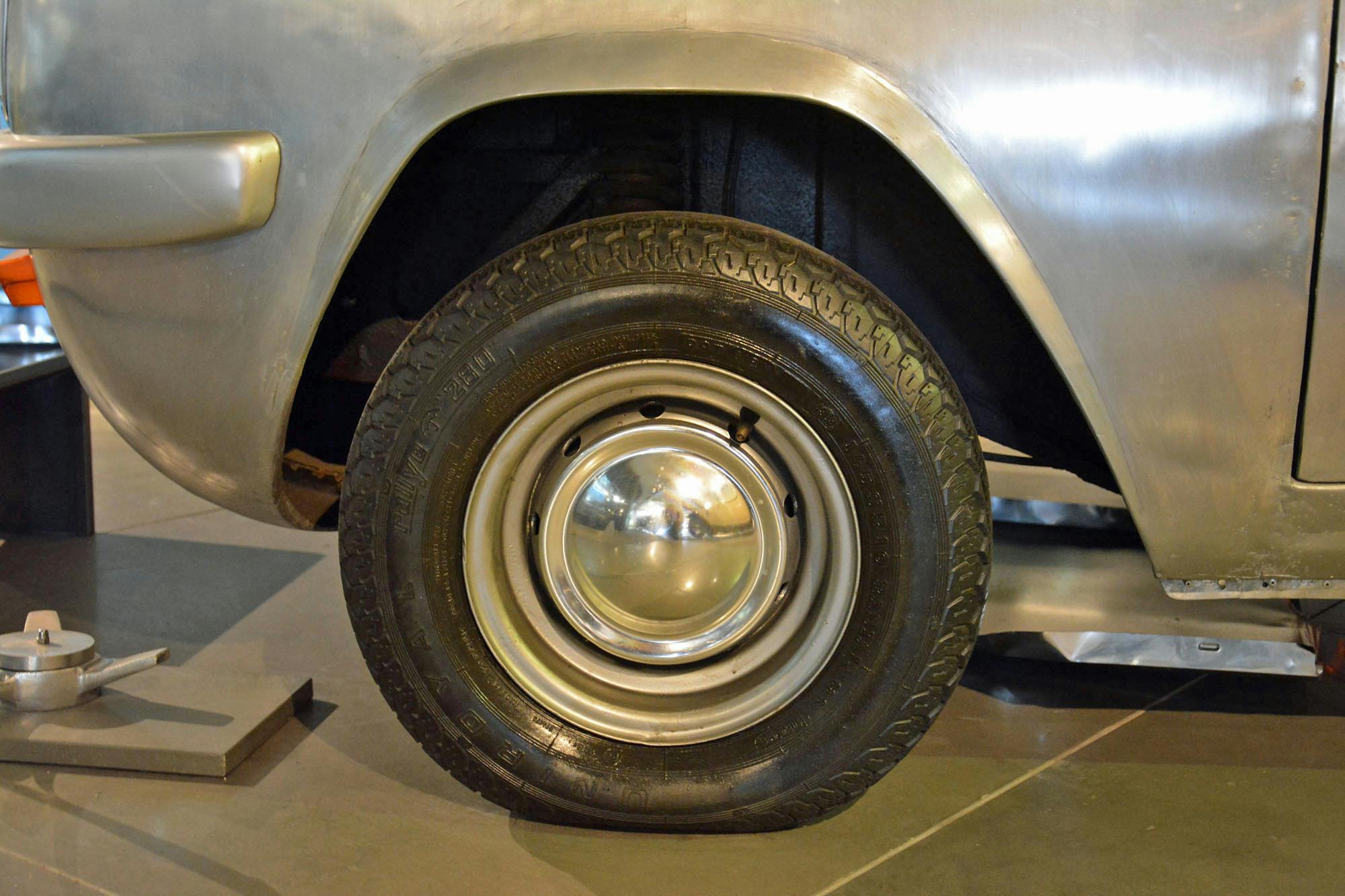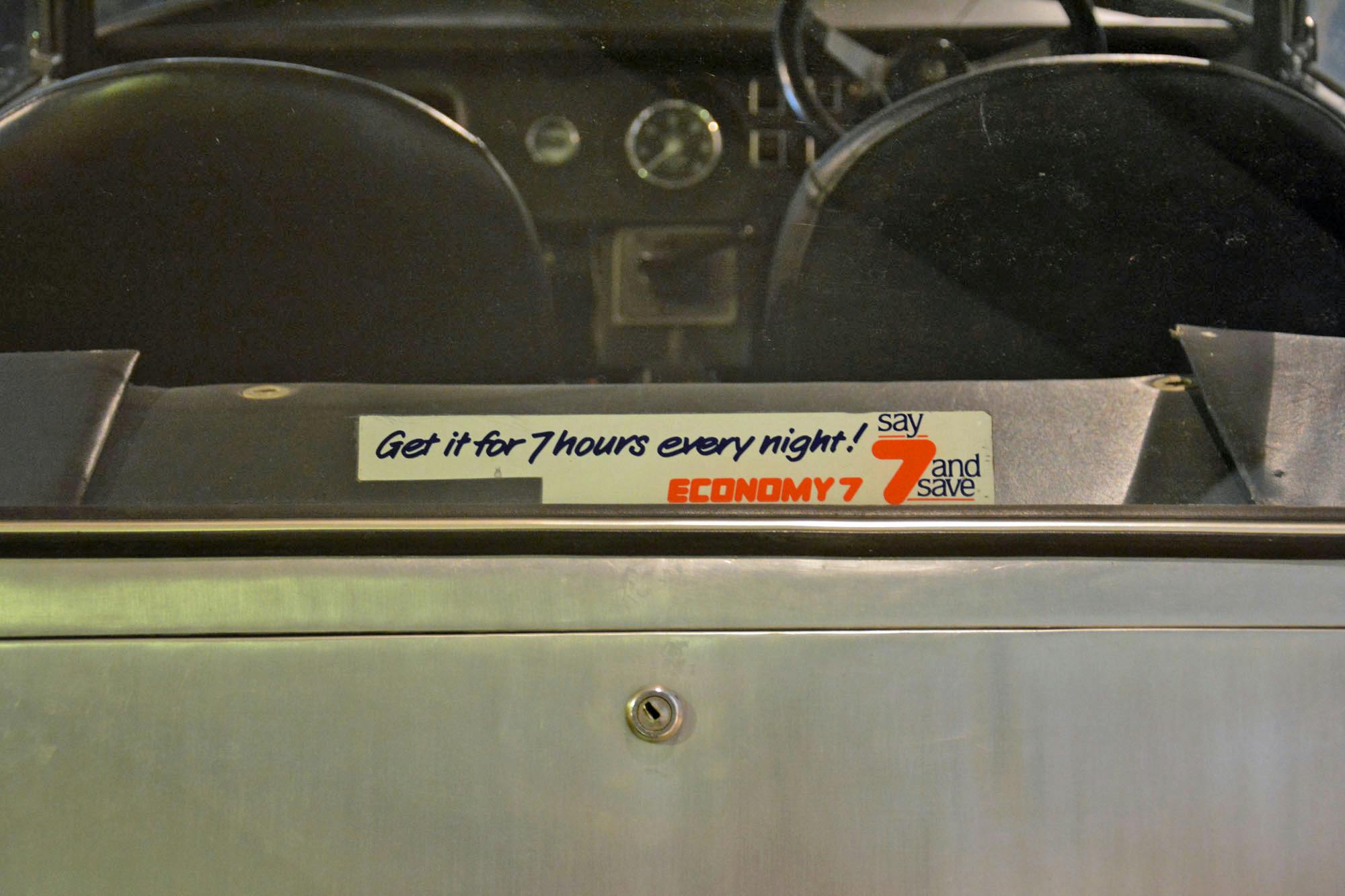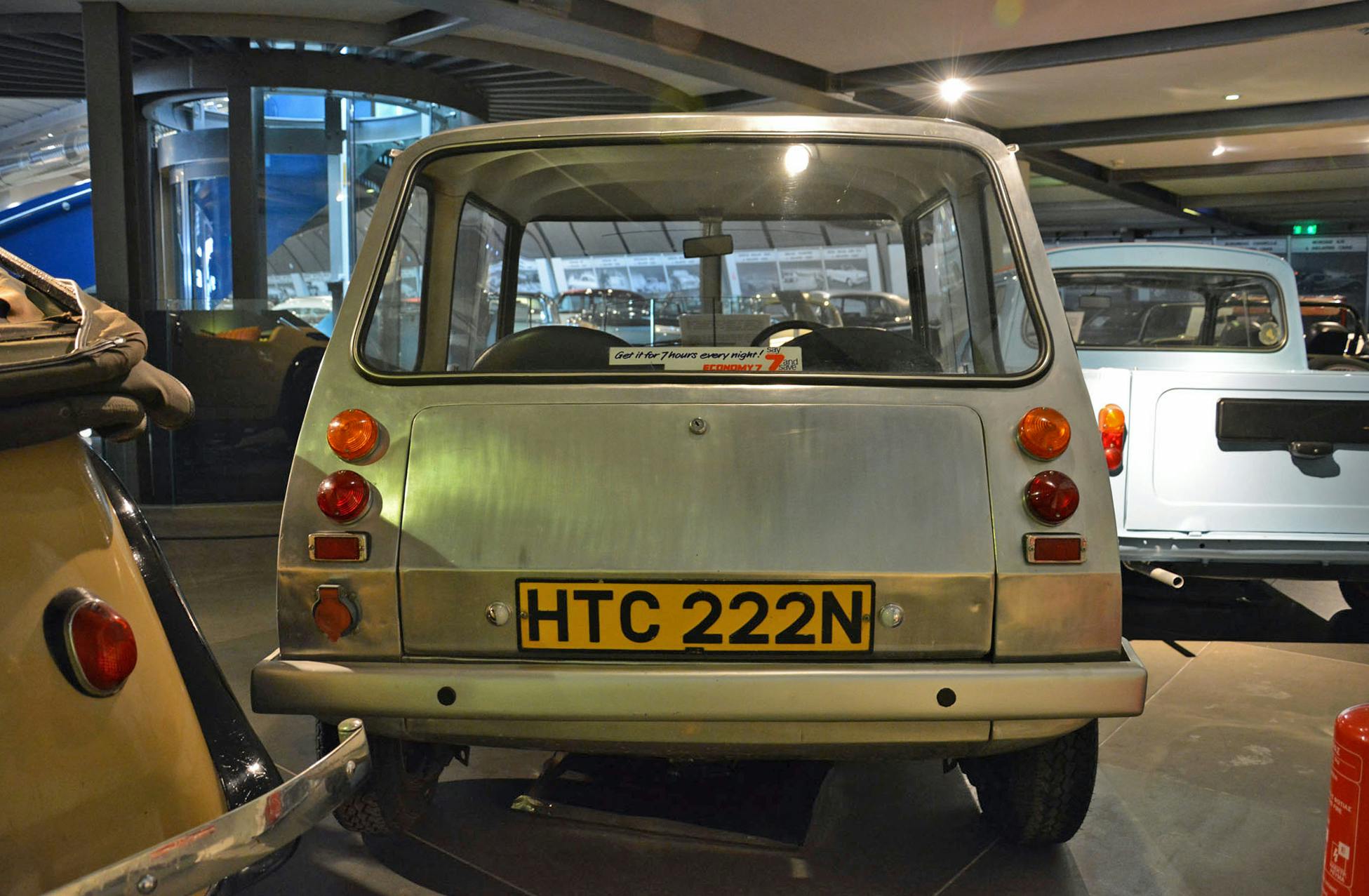It’s all Greek: 3 goofy cars from the Mediterranean nation

Greece’s contributions to society are significant: it’s the country that gave us democracy, the Olympic Games, and the gyro. Its influence on the automotive industry is comparatively minor, but there have been a few Greek cars over the years, including an obscure trio housed in the Hellenic Motor Museum. Grab your toga and gird yourself for an obscure sampling of Mediterranean automotive exotica!
Alta 200 (1968–1974)
Headquartered near Athens, Alta began manufacturing a motorcycle called the 50S in the 1960s. It soon expanded its range with a three-wheeled, BMW-powered trucklet, dubbed the 700, in 1967. The next year, Alta addressed the delta separating these two vehicles by releasing its first, last, and only passenger car: the Alta 200. It was an evolution of the German-designed Fuldamobil three-wheeler, and it featured a number of modifications, including a more modern-looking front end and a completely redesigned rear end.
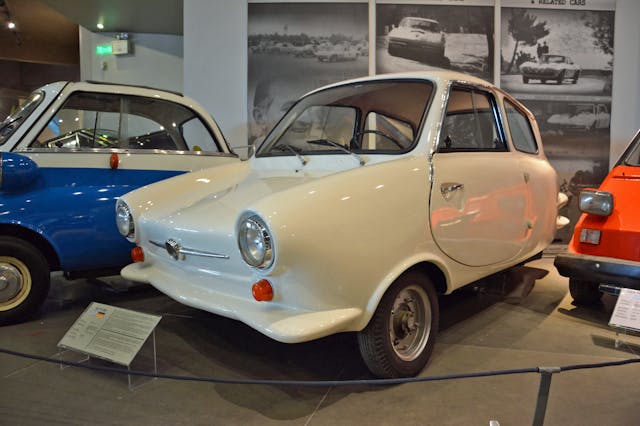
The fiberglass-bodied 200 was powered by an air-cooled, 198-cc single-cylinder engine sourced from Germany’s Heinkel, which used it to power the Isetta-like Kabine. It developed 10 horsepower at 5500 rpm, which was (somewhat surprisingly) enough to unlock a top speed of 55 mph. While there were many German cars that Alta could have bought the rights to for manufacture, it picked the Fuldamobil largely because three-wheelers were at the time taxed as motorcycles in Greece; England’s Reliant Regal emerged out of a similar loophole, though the 200 was equipped with two front wheels and one (driven) rear wheel.
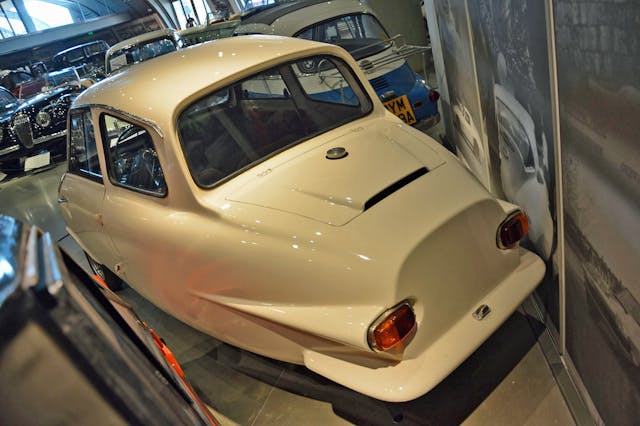
Production ended in 1974. Total figures are lost to history, but suffice to say that the 200 remained a low-volume affair.
Alta wasn’t the only Greek manufacturer that looked at the Fuldamobil the way I look at a steaming pan of moussaka. Attica, which was also based near Athens, built and sold a version of the three-wheeler until 1971.
Tzen Tonaco (1980)
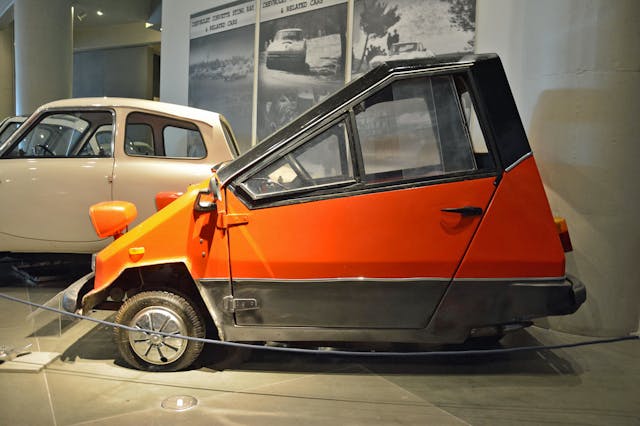
Shaped (and partly colored) like a traffic cone, the Tzen Tonaco represented another, later attempt to earn a slice of Greece’s three-wheeler segment. Like the Alta 200 it featured a lightweight composite body, a single driven rear wheel, and a two-seater cabin. Naturally, it brought a good deal of quirks to the table as well. Take the pedals, for example, which were mounted almost in the middle of the cabin, in line with the gear selector.
Tzen put a great deal of effort into making the Tonaco relatively stylish, at least considering the boundaries set by the car’s proportions. Up front, it fitted square headlights (that look suspiciously like the Citroën 2CV’s) and a non-functional two-piece grille. Bright trim added a finishing touch to the design, while metal hubcaps adorned the front wheels and the spare wheel mounted to the back end.
Although the Tonaco was designed and built in Greece, its engine carried a “made in West Germany” label. Power came from an air-cooled, 49-cc single-cylinder engine built by Sachs, which joined the ZF group many years later. Essentially a moped engine, it sputtered out 1.2 horsepower (the decimal is important here; it’s 20 percent of the output!) and gave this three-wheeled Toblerone a 32-mph top speed.
In the end, just one prototype was built, according to the Hellenic Motor Museum. Not quite what Tzen envisioned. It also planned to make an electric model with four wheels and exterior solar panels. If only!
Enfield E8000 (1968–1976)

Enfield’s story is a bit more documented, and its car was a bit more successful than Alta’s or Tzen’s.
Based in London, the company began experimenting with small electric cars in 1966. One of its early prototypes caught the attention of England’s Electricity Council, which—like many utility companies around the world at the time—realized that it was in its best financial interest to propagandize the mass adoption of EVs. Orders trickled in and production started on the Island of Wight, in the English Channel.
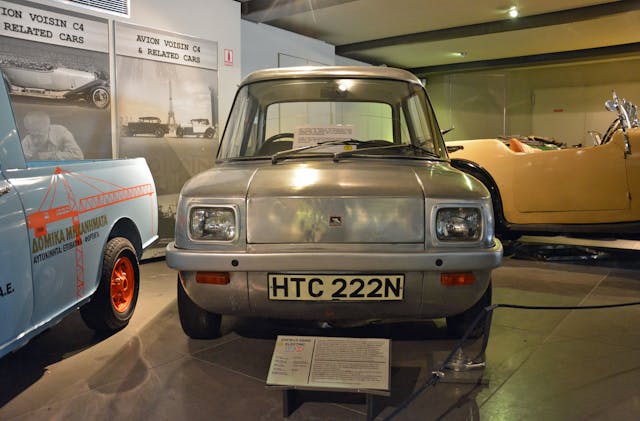
Visually, the aluminum-bodied E8000 was almost … likable. Square headlights gave it a modern-looking appearance, while the large glass surfaces and a curved windshield provided excellent visibility. Proportions were rather well balanced considering its tiny dimensions. It was powered by an electric motor that drew juice from a 680-pound lead-acid battery pack to zap the Mini-sourced rear wheels with eight horsepower. Enfield quoted a range of about 40 miles and a top speed of approximately 45 mph.
While these specifications ostensibly suited the Electricity Council’s needs, and 61 units were ordered, the performance limitations made the E8000 immune to commercial success in the free market. Odds are that some drivers would have been willing to put up with slowness and a lack of usability but not for £2808—about twice the cost of a new Mini in 1975. Then there was the real rub: Enfield gave the batteries a life expectancy of one to two years.
So far, so British; when do the Greeks enter the scene? Goulandris Brothers, a wealthy shipping company with ties to Greece, bought Enfield in 1972, changed its name to Enfield Neorion, and shifted E8000 production to a shipyard on an island far off of the mainland called Syros. Although the decision to build a car in a location that cars couldn’t uh, access, was frequently criticized—and it fueled Hollywood-esque conspiracy theories involving big-buck tanker contracts and dodgy oil executives—it makes a little more sense when you remember that Goulandris Brothers was a shipping company; moving things was something it was very good at.
Whatever logistical issues Enfield may have initially encountered were quickly overshadowed by a far taller hurdle. Greece’s government refused to homologate the E8000, so the Syros-made cars had to be sent back to England in order to be sold. Most historians agree that 112 units of the E8000 were built by the time production ended in 1976. Many were scrapped, some ended up in the hands of collectors, and a yellow 1974 example was alchemized into an 800-horsepower beast by British journalist Jonny Smith.
